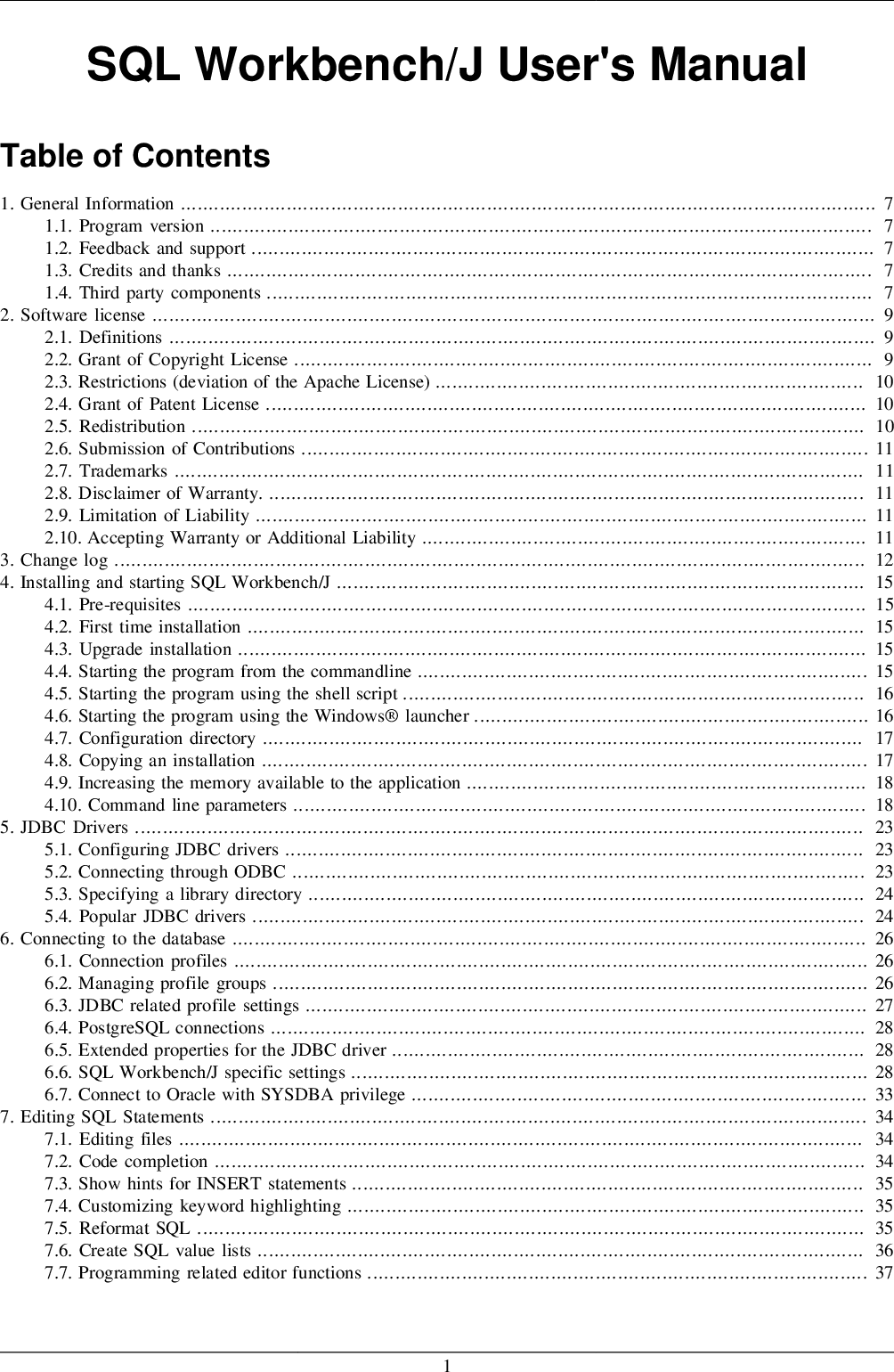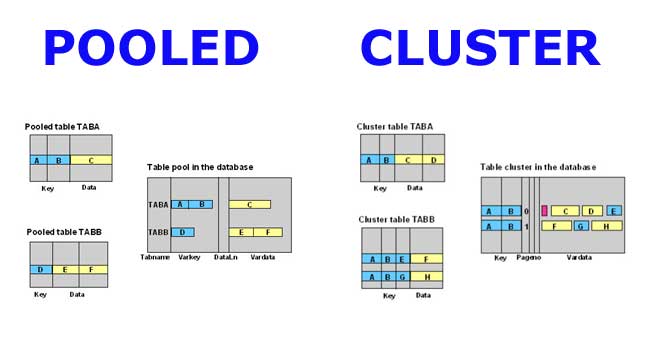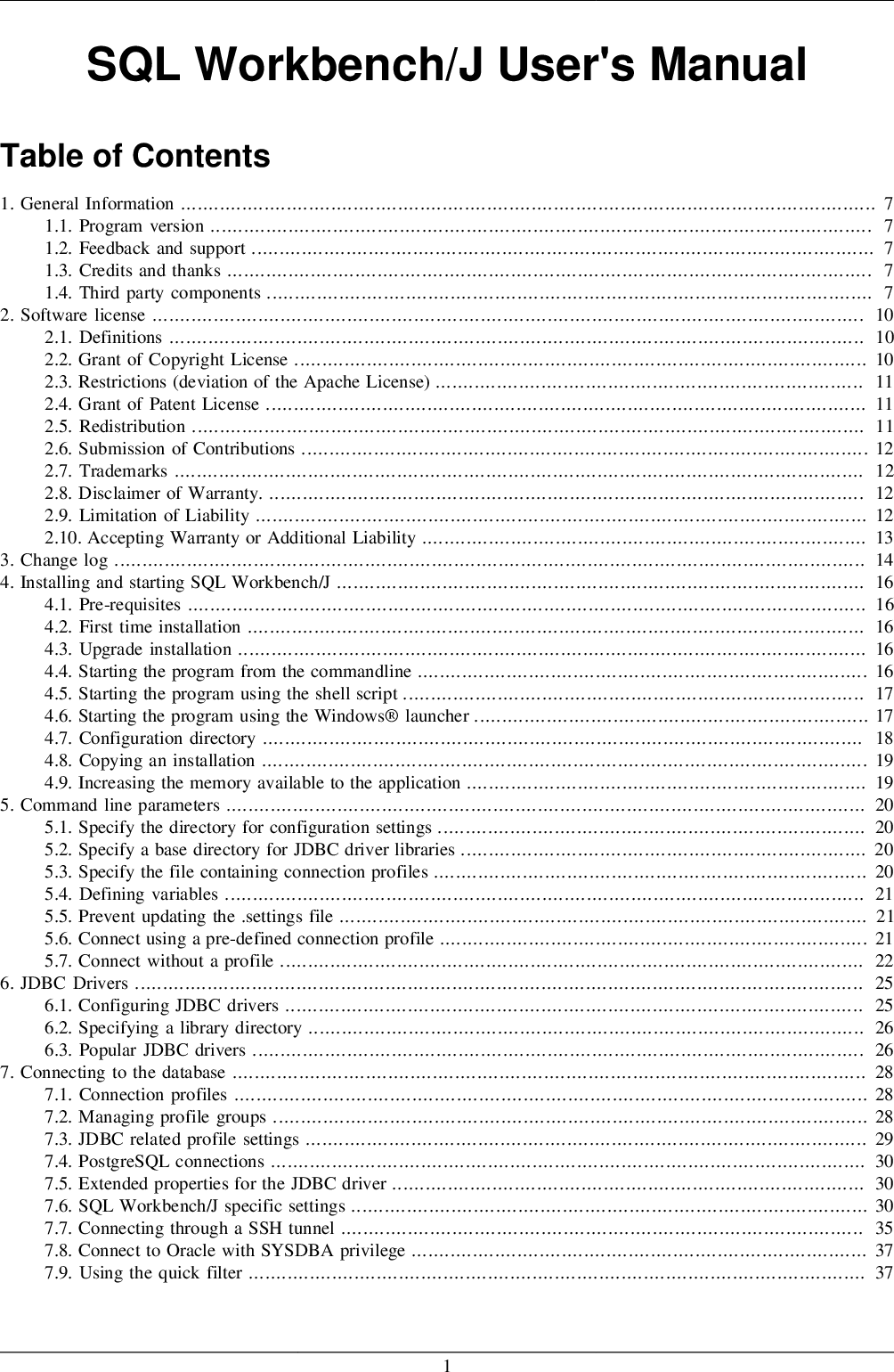The phrase it is I is correct for formal writing. Traditionally, the use of I is appropriate when it follows a linking verb like is, was, or were. Linking verbs express a state of being rather than describing an action.
Subject pronouns include I, he, she, they, and we. They reference the person performing the action in the sentence. There are some words in the English vocabulary which sound the same as another word but have a drastically different meaning. These words are called homophones and are very common in everyday English. Homophones are pairs, and occasionally trios, of words that sound the same but have different spellings and different means.
They often cause native English speakers problems and are a frequent source of questions for those who learn English online, especially those who learn English online. Incorrect word selection is often not found when spell-checking documents since many do not check for correct grammar. This adds another level of difficulty for those just learning English as the incorrect usage is not discovered until too late. Fixed compound is a word phrase used grammatically as a noun or other part of speech where the phrase is invariant and widely understood. The phrase does not change no matter where it occurs in a sentence or elsewhere, nor can individual elements be substituted with synonyms . May be considered idiomatic, though the meaning of most were transparent when coined.
Many are usually written hyphenated, but this reflects a common preference to hyphenate English compounds containing prepositions. "Fixed" being a matter of degree, in this case it essentially means "standard"—that the contraction is not considered informal is the best sign that it is fixed. Bavarian German features several more contractions such as gesund sind wir becoming xund samma, which are schematically applied to all word or combinations of similar sound. A book about his career had as its title the slightly longer version of the phrase, "Schau'n Mer Mal". Even a casual review of your writing can reveal uses of the verb "To be" that are unnecessary and that can be removed to good effect.
In a way, the "To be" verb doesn't do much for you — it just sits there — and text that is too heavily sprinkled with "To be" verbs can feel sodden, static. This is especially true of "To be" verbs tucked into dependent clauses and expletive constructions ("There is," "There were," "it is," etc.). Note that the relative pronoun frequently disappears as well when we revise these sentences. The common words だ and です are older contractions that originate from である and でございます . The use of contractions is not allowed in any form of standard Norwegian spelling; however, it is fairly common to shorten or contract words in spoken language. Yet, the commonness varies from dialect to dialect and from sociolect to sociolect—it depends on the formality etc. of the setting.
Some common, and quite drastic, contractions found in Norwegian speech are "jakke" for "jeg har ikke", meaning "I do not have" and "dække" for "det er ikke", meaning "there is not". The use of the apostrophe (') is much less common than in English, but is sometimes used in contractions to show where letters have been dropped. I'll come by 'bout noon.because'cause'cause is very informal, e.g. Just 'cause.Contraction is a type of elision, simplifying pronunciation through reducing sounds occurring to a word group. English has a number of contractions, mostly involving the elision of a vowel , as in I'm for "I am", and sometimes other changes as well, as in won't for "will not" or ain't for "am not". These contractions are common in speech and in informal writing, but tend to be avoided in more formal writing (with limited exceptions, such as the mandatory form of "o'clock").
We use do/does or is/are as question words when we want to ask yes/no questions. We use does and is with third person singular pronouns and with singular noun forms. We use do and are with other personal pronouns and with plural noun forms. In the Polish language pronouns have contracted forms that are more prevalent in their colloquial usage. The non-contracted forms are jego and jemu, respectively. The clitic -ń, which stands for niego as in dlań , is more common in literature.
The non-contracted forms are generally used as a means to accentuate. Often, formal speech uses simple tense forms while informal uses much more continuous tenses. When you are using formal language, you are often more interested in the completed result - so there are more simple tense verbs being used in formal speech.
On the other hand, if you are chatting with your friends, you are often interested in what is happening in the event - so verbs are more often used with continuous tense forms. "I am not believing him" is formed correctly according to the rules of grammar, but in practice it doesn't sound very natural. This is because the verb "believe", being a stative verb, is rarely used in the continuous tenses. Various other verbs work OK in this structure, For example, "I am not listening to him", "I am not hurting him", etc, etc.
The continuous tense (e.g. "I am not hurting him") refers to action ongoing at the present time. The simple present tense (e.g. "I do not hurt him") typically refers to habitual activity. While the recipient may vary, and you might know them well enough to write "I'm" without consequence, it's still not worth the risk. "I'm" is a contraction reserved for more informal documents and writing.
It's also more common to use in speaking and should be left out of formal writing for that reason. Most of these examples are fairly common sentences you might come across in English. Since people talk in the first-person singular, they use the pronoun "I" a lot.
It's probably the most common pronoun used in English. That means that the contraction "I'm" is a very common phrase that you need to get used to as well. We must choose carefully among these various forms when selecting the proper verb to go with our subject. Singular subjects require singular verbs; plural subjects require plural verbs. We wouldn't write "The troops was moving to the border." But some sentences require closer attention.
In informal, spoken German prepositional phrases, one can often merge the preposition and the article; for example, von dem becomes vom, zu dem becomes zum, or an das becomes ans. Some of these are so common that they are mandatory. Table of Classical Chinese contractionsFull formTransliterationContractionTransliterationNotes之乎tjə ga諸tjᴀIn some rarer cases 諸 can also be contraction for 有之乎. Probably a dialectal variant of 與.不乎pjə ga夫pja夫 has many other meanings.
It's the most common form to use when speaking, as it saves time and doesn't require two syllables to pronounce. You can also write it informally to contract the phrase "I am" before a phrase noun. Latin contains several examples of contractions.
One such case is preserved in the verb nolo (I am unwilling/do not want), which was formed by a contraction of non volo (volo meaning "I want"). Similarly this is observed in the first person plural and third person plural forms . In most cases this means it's on the receiving end of the action in a sentence. For example, inMy sister gave me the book, the speaker is the recipient of the giving. The use of me in the phrase it is me isn't typical usage of the pronoun, since there is no action to receive. "The plane lands at 11am tomorrow" is more likely said by a bored customer service person at an airline office responding formally to questions about the plane's landing time.
You might have noticed that timetables in general use simple present forms to describe arrival and departure times. In "be used to," the verb "be" can take the present, past or future tense . And the words "used to" are an adjective, not a modal verb. I'm is the first person singular pronoun I and auxiliary verb am while 'am' is just an auxiliary verb that can't start a sentence. Because the symptoms are so similar, it can be difficult to tell the difference between panic and anxiety attacks.
We create simple yes/no questions by inverting the order of subject and the "To be" verb. The key to using "whose" vs "who's" correctly is to understand the word at the root of each. When you learn the pronoun that forms the basis for "whose" and "who's," you'll also develop a better understanding of how each word functions in a sentence. Both refer to the future and there is a slight difference between the two though in most cases they can be used interchangeably with no difference in meaning.
What is the difference between AM and IM Even if you misuse them, a native speaker is going to understand you without any problems. The slight differences may seem insignificant, but they actually change the tone quite a bit. As we all know, it can be hard to accurately decipher a person's tone in an email. So, make it easier for yourself—and your reader—by removing some of the guesswork.
You can do this by using either formal or informal wording. Prepositions are the words that are used in sentences to show location or the relationship between the noun or pronoun with the other element in the clause. English speakers usually face confusion in using prepositions like 'in' and 'on'. We use the word 'in' when we talk about a situation in which something is enclosed by something else. The commonly used particle-verb phrase という is often contracted to ~って/~て/~っつー (-tte/-te/-ttsū) to give a more informal or noncommittal feeling.
Several West Central German dialects along the Rhine River have built contraction patterns involving long phrases and entire sentences. In speech, words are often concatenated, and frequently the process of "liaison" is used. So, kriegst Du nicht may become Kressenit, or Lass mich gehen, habe ich gesagt may become Lomejon haschjesaat. Words in parentheses are no longer very commonly used. However, there's a difference between pel and pei, which are old-fashioned, and the other contractions of per, which are frankly obsolete. Col and coi are still common; collo, colla, cogli and colle are nowadays rare in the written language, but common in speaking.
The Old Chinese writing system is well suited for the one-to-one correspondence between morpheme and glyph. Contractions, in which one glyph represents two or more morphemes, are a notable exception to this rule. For example, 非 [fēi] has been proposed to be a contraction of 不 (bù) + 唯/隹 (wéi/zhuī). These contractions are not generally graphically evident, nor is there a general rule for how a character representing a contraction might be formed.
As a result, the identification of a character as a contraction, as well as the word that are proposed to have been contracted, are sometimes disputed. Because the d and t sounds in used to are blended into a single consonant in speech, people sometimes get confused about the spelling of the phrase. It may be that many people in fact say use to rather than used to, but since the pronunciations are essentially identical, it makes no difference.
(The same occurrence happens in the pronunciation of supposed to.) In writing, however, use to in place of used to is an error. Personally, I believe that choosing the right prepositions in any foreign language is the supreme discipline. Nevertheless, there are some rules when it comes to "im," "am," and "um," which will be explained in the following. So, if anyone asks you whether you're writing a real word when using "I'm," tell them that it is. It's a contraction of the phrase "I am," but just like "it's" is a contraction of "it is," they're both still usable and recognizable words. However, "I'm" is considered a word and is perfect to use in most situations.
The only times you won't use it is in formal writing. There are plenty of other informal words out there that aren't used in formal writing, but they're all still considered words, too. You'll notice that with most of these examples, we're writing in a more formal format.
Formal writing rules usually tell us that contractions aren't allowed. It's because contractions are seen as lazy or rushed, which are two traits you don't want to appear in formal writing. In all of these examples, we've included "I am" at the start of the sentence. While it's possible to include it afterward, like "a man, I am," it's not a very common phrase. It's outdated, and very few people will write or talk like this anymore. I is the pronoun used as the subject of the verb am.
Thus, 'I am' is used when a speaker or writer is referring to himself or herself. But arguably, we as English speakers think of it as a "huge" difference precisely because the grammar of our particular language happens to force us to make it. Unlock our high definition video lessons that get you speaking, reading, writing and understanding English in minutes. Clearer picture, clearer sound – all so you learn English without missing a beat.
Our team of English language specialists have been releasing new audio and video lessons weekly. All lessons are free for the first 2 weeks before going into our Basic and Premium Archive. All new lessons are FREE for the first 3 weeks before going into our Basic and Premium Archive. It is grammatically correct to use either "I look forward to" or "I'm looking forward to" . The major difference has to do with how formal or informal you want to sound. The nature of the wordhomein "come/go home" is often argued over; noun and adverb are suggestions, but directional particle is what I'm voting for at the moment.
Possibly, "He is home" has arrived via "He has/is come to-home".Homein "He is home" is locative rather than directional now. A part and apart are often confused, especially by non-native speakers of English. Apart is mostly used as an adverb, denoting a separation between two or more things.
A part means "a fraction of a whole," or in theatre, "an actor's role." Apart from is a frequently used preposition. Both of these words are verbs and nouns and their meanings overlap. This can be confusing to those whose first language is English.
It can be baffling to those whose first language is one other than English. A contraction is a shortened version of the written and spoken forms of a word, syllable, or word group, created by omission of internal letters . A contraction is a shortened version of the spoken and written forms of a word, syllable, or word group, created by omission of internal letters and sounds. This article is about grammar of modern languages, which involves elision.
























